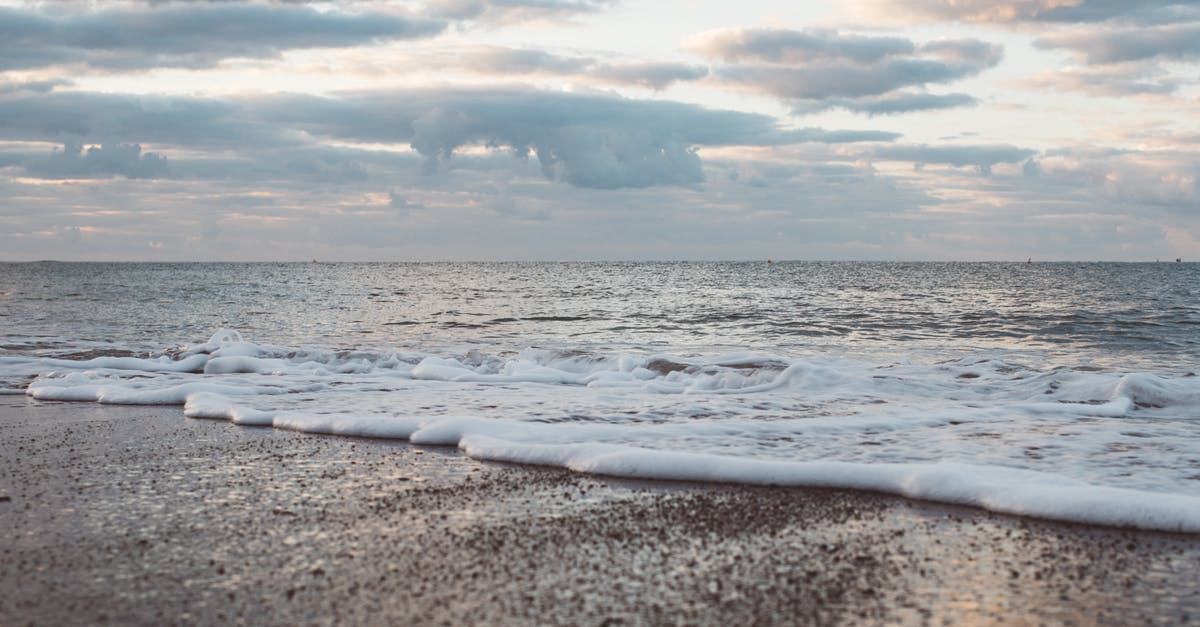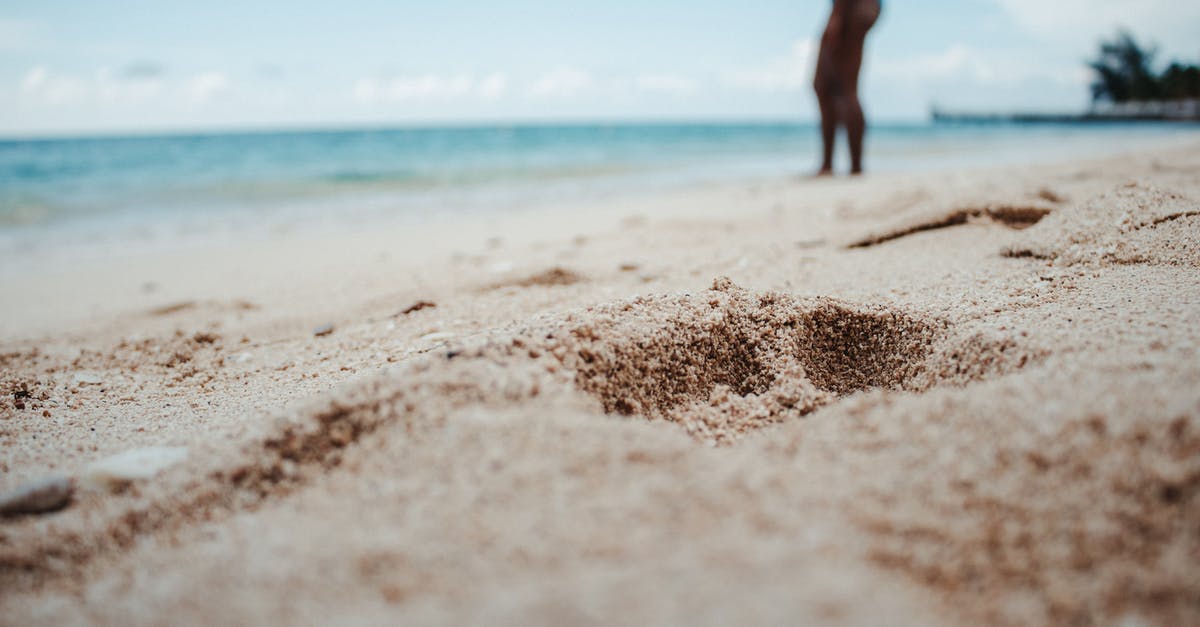Baking below sea level

I now live on the Sea of Galilee (600+ feet below sea level), and my cakes all seem to fall, no matter what I do. Is baking affected by being below level?
Best Answer
Your altitude won't matter in your baking. Whatever reason your cakes have for not rising, it's not that you are a tiny bit below sea level.
First of all, some personal observations on altitude: I've baked frequently at about 750 meters (let's round it to 2500 feet) and also in my current home at about 130 meters (about 425 feet). The same recipes work without noticeable differences in rising. A reduction of over 2000 feet doesn't bring much visible difference, much less the difference between "working perfectly" and "falling". Even if your recipes were perfected for 0 feet (which they aren't, cooks don't do it that precisely), a reduction of only 600 feet will be unnoticeable.
Second, what could the theoretical effect on rising be? Well, the air has less pressure due to altitude, so you'd expect slightly higher density; the thousands of air bubbles in the cake won't expand as much. How much is this "slightly"? Don't forget, air density depends on both pressure and temperature. For comparison, I calculated the air density at different heights and temperatures: It is the same density if your air is at 600 ft below sea level, heated to 175 Celsius (a common cake baking temperature), or sea level at 165 Celsius.
Now, our ovens have nice knobs graded in small intervals, but they are actually very bad at keeping temperature. It's not only that their mean temperature is badly adjusted (I've frequently seen ovens running 40 Celsius low), but also that their temperature fluctuates all the time with an amplitude much higher than these paltry 10 Celsius. And this is only the temperature outside of the cake; the air inside the cake (which does the expanding) never reaches 175 Celsius. A cake is ready at 100 Celsius internal temperature at the latest (all starches have gelated by then), frequently below that.
So, to summarize: A cake's height will change a lot more during a bake due to random factors than due to your altitude. Even if you had a perfectly controlled process, you'd need vernier calipers to measure the difference in height. But when using an only reasonably controlled process at home (ingredients at room temperature, measuring weight with a digital scale, controlling oven temperature with a thermometer), you will already see fluctuations larger than the effect of 600 ft altitude difference.
Appendix
My calculation (formula and gas constant from Wikipedia, air pressure at different heights from engineeringtoolbox):

Pictures about "Baking below sea level"



Quick Answer about "Baking below sea level"
Does low altitude affect baking?
Since most recipes are designed for sea level, high-altitude success requires a few clever adjustments. Low air pressure has two main effects on baked goods: They will rise more easily, and lose moisture faster; liquids evaporate more quickly since water boils at lower temperatures at high altitude.Is baking different at sea level?
Cakes may overflow pans and/or fall, cookies often spread excessively, and breads get fluffier when baked at geographical locations higher than 2,500 ft above sea level. The higher the elevation, the more pronounced the effect.What is low altitude baking?
Baking requires an increase in time too. At lower altitudes water boils at a higher temperature and an increase in leaven is needed. When a product is baked at high altitude, there is less atmospheric resistance and it takes longer to bake.How do you adjust a cake recipe for low altitude?
Directions for Cooking at a Low AltitudeBelow Sea Level Official
More answers regarding baking below sea level
Answer 2
Hello lorraine and welcome to Seasoned Advice! Baking below sea level can require adjustments just as baking at high altitudes can. AS @ElendilTheTall notes, you would need to do the reverse.
Please see this from the Essentials of Food Science textbook , page 374. (The link is to a .pdf version.)
Altitude-Adjusted Baking
As a reference, water boils at a lower temperature with higher elevation: a few C or approximately 10F less, 203F 95C at 5000 feet, and 198F (92 C) at 7500 feet. Therefore, foods cooked in water have to be cooked substantially longer to get them done. Even when water comes to a rapid boil, it is not as hot at high altitudes as rapidly boiling at sea level!. Baking requires an increase in time too. At lower altitudes water boils at a higher temperature and an increase in leaven is needed.
When a product is baked at high altitude, there is less atmospheric resistance and it takes longer to bake. The lowered air pressure also tends to cause the air bubbles in baked goods to rise faster, producing increased dough expansion. Then these air bubbles escape to the atmosphere causing the cake to fall. The inverse is true regarding low altitudes and high atmospheric pressure. Therefore, local instructions specific to the altitude must be followed in manufacturing, food service, or home recipes.
The page goes into much more information including adjusting the amount of sugar, leavening, and liquid. Just keep in mind that it's always the reverse for low altitude as it is for high.
Sources: Stack Exchange - This article follows the attribution requirements of Stack Exchange and is licensed under CC BY-SA 3.0.
Images: Mary Fotinaki, Kelly L, Ellie Burgin, Aviz
